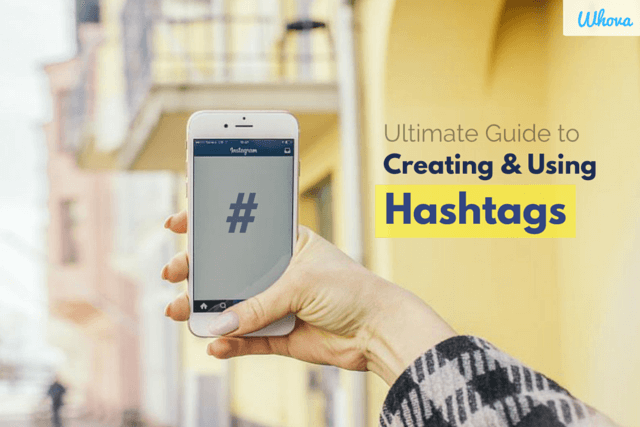[Update April 25 2023]: Due to Twitter policy changes made in April 2023, users need to sign in to Twitter first to view the Twitter feed.
Using social media to promote your event? Be sure you’re integrating smart, strategic hashtags throughout every stage of the planning and execution process. More than just a pop culture phenomenon, hashtags help users find the content they’re looking for quickly and easily — and that includes content you post to promote your upcoming event.
So how do they work? Social media users can search words or phrases and, with a quick click, turn up thousands or even millions of posts that use similar hashtags. What’s more, users can click on a hashtag in any post and be taken to a scrolling list of images, video and text that integrates that same tag. If an Instagram user is looking at an amazing pic and clicks on the hashtag — #besteventever, for example — and your post also uses #besteventever, she’ll instantly see your image. A win/win!
Because of their clear cut usefulness, posts with hashtags far outperform hashtag-free content. According to Inc., “Tweets with hashtags get double the engagement of tweets without.” What’s more, a recent study found that, “The more hashtags you use, the more likes your photo will get.” It’s time to start tagging…
When to use hashtags for your event
So when should you be using hashtags? In a word, everywhere. Come up with a memorable, pithy hashtag that can be integrated into everything you print, publish and promote, from signage and registration materials to attendee folders, tickets and web content. The more people see it, the more likely they are to use it when posting about your event. Adobe’s annual global summit uses #AdobeSummit, which is prominently displayed on anything and everything. Because of its visibility, the hashtag racks up tens of thousands of posts each year, exposing countless prospective attendees and clients to both the event and the content that emerges — all without cost to Adobe.
Choosing the right hashtag
While some events naturally lend themselves to the perfect hashtag, you’ll probably need to do a little finessing before settling on a go-to tag. No matter your event, hashtags should follow a few simple principles — chief among them, they should be short, easy to remember and unique to your program.
Start by looking at the name of your event. To ensure people associate your tag with your event, you’ll what to include the name of your business, event or industry in the hashtag. For example, New York Fashion Week uses #nyfw, a common abbreviation for the week-long event. MAGIC, the Las Vegas-based apparel trade show, uses, simply, #MAGIC in its promotions. Both tags are simple and easy for attendees to remember.
Programs with longer names may not lend themselves so easily to a hashtag. The East Coast Grocers Alliance Annual Store Owners Conference might be abbreviated with #ECGrocer16 or #GoGrocers. While it’s likely not something an outsider would search, it’s easy for attendees and presenters to remember and enables participants and followers to quickly find event information in seconds.
Another reason to stick with a short hashtag? Social posters are often limited to a set number of characters per post. Twitter, for example, limits users to just 140 characters per post, with hashtags, images and video cutting into that count. A long hashtag limits posters’ character count even more, and that could mean less content emerging tied to your event. Using “The East Coast Grocers Alliance Annual Store Owners Conference” would take up close to half of the characters permitted in a tweet — not ideal.
One final must when choosing a hashtag: once you’ve settled on one or, even, a few contenders, be sure to double check your tag for competing uses. A quick search on Twitter will turn up any uses of your potential hashtag and help you assess if you want to move forward with it or not. While there’s a good chance what you’re considering is already in use, most event organizers are more concerned with negative implications tied to their hashtags — a controversial figure, heated news story or other potentially harmful association, for example, that they’d rather not see tied to their upcoming event. If your hashtag isn’t widely circulated or you feel there’s no negative rub, then go for it!
Promoting your hashtag starting now
Once you’ve established a hashtag be sure to get staff, partners and attendees to integrate it in any relevant posts before, during and after the event. Whether it’s an “I’m excited to attend #TechExpo2016!” from an eager attendee or a “Last day to get tickets to the #ReadytoWed show!” from your marketing team, be consistent and ensure your tag starts circulating ASAP. You should also respond to any digital or social chatter with your comments plus your event hashtag, even if the original poster didn’t use it.
The more you can get your hashtag in circulation, the better. When these posters’ fans, friends and followers click on the hashtag they’ll see all of the great social content being posted about your program and, if the text, images and videos are compelling enough, will click through to learn more.
Think your audience isn’t socially savvy? Think again.
While some demographics more readily lend themselves to social promotions there’s, truly, no audience that isn’t ripe for hashtag-based promotions. Many planners assume because of attendees’ ages or professional seniority, social media activations won’t resonate — but, today, that’s simply not the case. According to SproutSocial, nearly three in five Americans over the age of 65 are on Facebook, for example — and more than one in five are on Instagram. Households with incomes of $75,000+ are more likely to be on social media than those with lower incomes. Same goes for higher education — college graduates are more likely to use social media platforms than those with high school diplomas only.
Still not convinced? There’s no harm in testing. Promotions like these don’t add any additional overhead or resource allocation. Try integrating a hashtag into your promotions and event programming this year and see if it builds any traction. If not, consider an alternative for your next event — but there’s a good chance your audience will surprise you…
Once your event ends be sure to check out its hashtag usage levels. Scour Facebook, Twitter, Instagram and, if relevant, Pinterest to see who used it and how much social traction you generated. If the results were good, consider using the same hashtag for future events and promotions to keep building your social universe. If not, try and understand why. Was the audience, simply, not receptive and not posting? Did they use the wrong hashtag? Something else? Troubleshoot for next year and, chances are, you’ll see a marked improvement going forward.
Popular Articles

